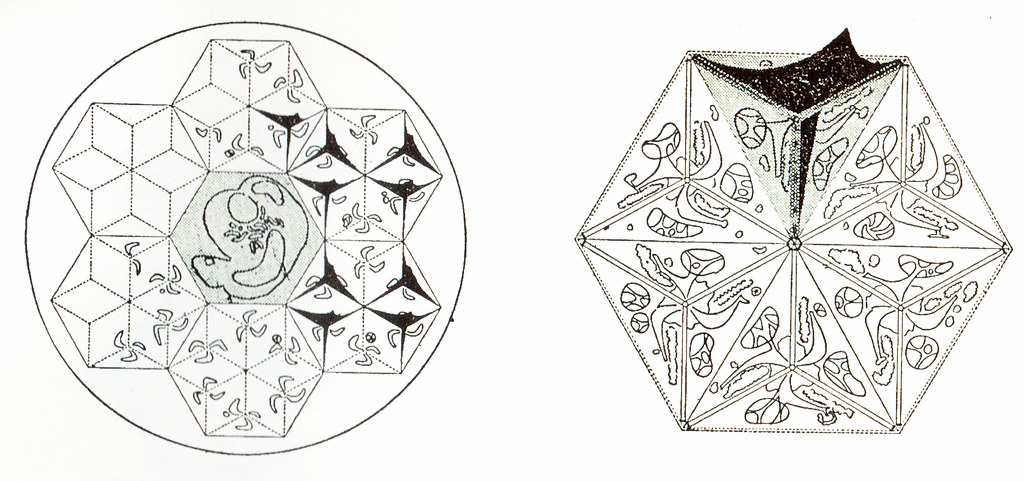Biotechnology Assignment Help With Metabolism
Metabolism
It is a type of chemical reaction which occurs in living organisms to maintain life such as growths and divisions, maintaining cellular structures, sense and responds to environment. It is divided in two parts a) Anabolism: is a process in which synthesis of complex molecules into the smaller one and entire this process energy (ATP) is added as inputs and b) Catabolism: and in this process breakdowns of larger and complex molecules into the simple and smaller molecules, and in this process energy(ATP) as outputs.
Anabolism and Growth: This is functionalize by a) appropriate nutrients such as carbon source: Heterotroph And autotroph which participates in biosynthesis, N-S-P sources, trace metals etc. Here some carbon sources are b) Appropriate environmental factors such as pH, oxygen, temperatures, Lights etc.
 Energy Sources:Chemotrophs have chemical compounds which gives organic compounds( glucose, succinate) and Inorganic compounds (S, iron, carbon-di-oxides, hydrogen, methane) and phototrophs which also work as same inorganic compounds and all are work as catabolism and forms ATP. ATP is adenosine triphosphate in which two of phosphate bonds have high energy and when bond is break to release phosphate then high energy release.
Energy Sources:Chemotrophs have chemical compounds which gives organic compounds( glucose, succinate) and Inorganic compounds (S, iron, carbon-di-oxides, hydrogen, methane) and phototrophs which also work as same inorganic compounds and all are work as catabolism and forms ATP. ATP is adenosine triphosphate in which two of phosphate bonds have high energy and when bond is break to release phosphate then high energy release.
ATP play important roles in metabolism:
a) When reaction is starts in which terminal phosphate of ATP is release large energy is as a output. b) Exergonic breakdown can be added. c) The formation of ATP is from ADP and Pi by energy conserving reaction catalysis.
ATP synthesis: by substrate level phosphorylation in which intermediate phosphorylate generates in glycolysis also called Embden-Meyhof pathway, tricarboxylic cycle, fermentations. Glycolysis show anoxic process, which is divided into two major groups 2ATP and 2NADHs. And fermentations is anaerobic process, in which incomplete oxidation of substrates.

Email Based Assignment Help in Metabolism
To submit Metabolism assignment Click here.


